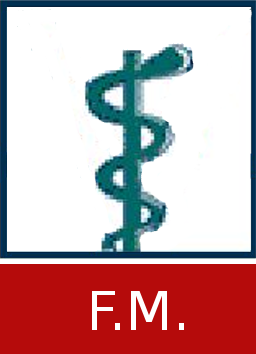Thesis, COLLÉGIALITÉ
Navez, Margaux 
Promotor(s) :
Thiry, Damien 
Date of defense : 4-Jul-2022 • Permalink : http://hdl.handle.net/2268.2/14864
Details
| Title : | Thesis, COLLÉGIALITÉ |
| Translated title : | [fr] Évaluation in vitro et in vivo de bactériophages contre des souches d’Escherichia coli entérotoxinogènes (ETEC) responsables de diarrhées chez les porcelets au sevrage |
| Author : | Navez, Margaux 
|
| Date of defense : | 4-Jul-2022 |
| Advisor(s) : | Thiry, Damien 
|
| Committee's member(s) : | HAYETTE, Marie-Pierre 
Laitat, Martine 
REENAERS, Catherine 
|
| Language : | English |
| Number of pages : | 49 |
| Keywords : | [en] bacteriophages, Escherichia coli, piglets, post-weaning diarrhea |
| Discipline(s) : | Life sciences > Veterinary medicine & animal health |
| Target public : | Researchers Professionals of domain Student |
| Institution(s) : | Université de Liège, Liège, Belgique |
| Degree: | Master en sciences biomédicales, à finalité approfondie |
| Faculty: | Master thesis of the Faculté de Médecine |
Abstract
[en] Enterotoxigenic Escherichia coli (ETEC) strains causing post-weaning diarrhea (PWD) in piglets have a considerable and detrimental impact on animal health and economy in pig production. ETEC strains adhere to the host small intestinal epithelial cells using fimbriae type F4 or F18 which recognize and adhere to the corresponding surface receptors. In weaned piglets, this pathogeny leads to clinical sign such as watery diarrhea, depression, inappetence and dehydration. In addition to management and dietary factors, antimicrobials have been widely used for the prevention and treatment of ETEC infections, resulting in high levels of antibiotic resistances detected in ETEC strains. Phage therapy could be an interesting alternative to this resistance problem.
In the context of this work, ten phages were isolated against an E. coli O8:F18 strain (A-I-210). Bacteriophages B, C, H, I and J were selected based on their host range. These phages were subsequently characterized in vitro and showed steady concentrations over a pH (4-10) and temperature (25-45°C) range. The newly isolated phage B was similar to the Siphoviridae family, and the four other phages to the Myoviridae family. The occurrence of lytic proteins in their genomes appeared to corroborate with virulent type of bacteriophages. Finally, the use of the in vivo Galleria mellonella larvae model suggested the therapeutic potential of phages B and J with a statistically significant increase in survival compared to non-treated larvae.
These findings suggested that newly identified phages B and J might be promising candidates for treating Escherichia coli F18 infections. Nevertheless, further studies are needed to investigate their relevance in PWD-affected pigs.
File(s)
Document(s)
Annexe(s)
Cite this master thesis
The University of Liège does not guarantee the scientific quality of these students' works or the accuracy of all the information they contain.


 Master Thesis Online
Master Thesis Online



 Thesis NAVEZ M. .pdf
Thesis NAVEZ M. .pdf

